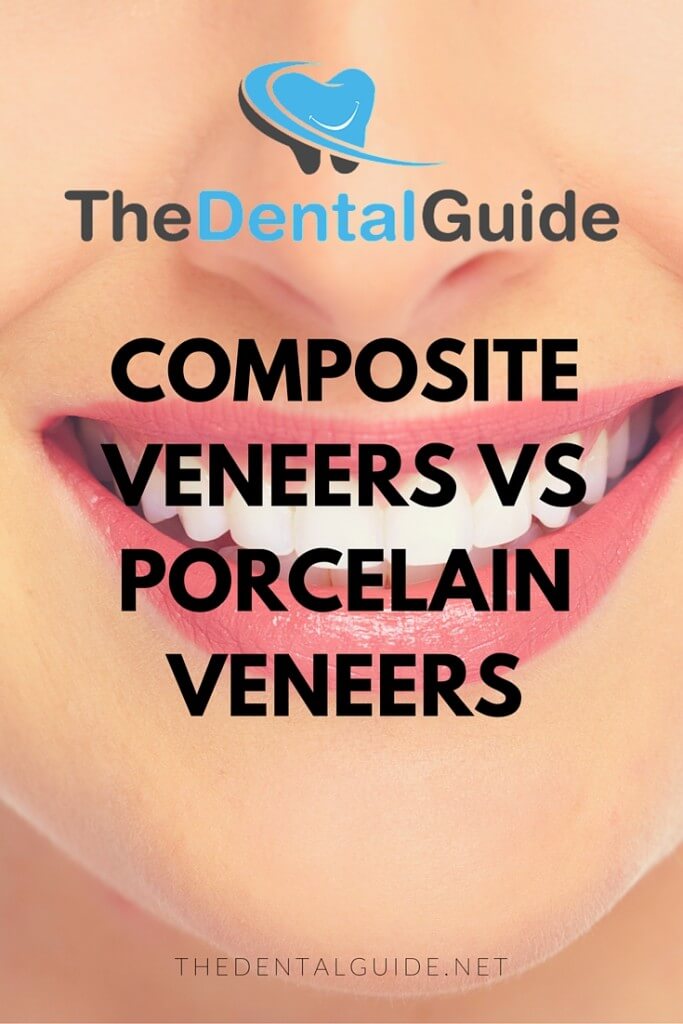There are several different types of veneers available, but by far the two most popular are porcelain veneers and composite veneers. Both can be used to great effect to transform the smile of a patient, and they both have some pros and cons which can help determine the best choice for your situation. Here we’ll compare porcelain veneers and composite veneers to help you make the right decision.
Price
Porcelain veneers are substantially more expensive than composite veneers, and you can expect to pay almost twice as much per tooth if you opt for porcelain. There are several reasons for this.
Having porcelain veneers fitted will require at least two visits to the dental office, occasionally more. This will be for preparation and fitting, so you’re paying for the dentist’s time at least twice. There are also lab fees involved, as the veneers are custom made in a lab before being sent to the dentist for fitting.
Composite veneers cost less as they can normally be completed in a single visit, and there are no lab fees involved with the treatment. The dentist can apply and sculpt the composite in one visit, and although it can be a longer appointment it usually results in a lower price for the patient.
Results
When it comes to results, you generally get what you pay for then it comes to veneers. Porcelain veneers look great and the difference they can make to a smile is remarkable. They will last a lot longer than composite veneers and, provided you take good care of them, can last upwards of 20 years.
Composite veneers can make a big difference to your smile, helping correct minor cosmetic issues like small gaps, cracked or damaged teeth and even slight misalignments. If you have a few minor dental issues then composites can really help transform your smile.
One thing to remember is that the results from composite veneers are almost entirely reliant on the ability of the dentist to shape and finish the composite. While porcelain veneers are made in a controlled environment in a laboratory, the composite is directly applied and shaped during your appointment. While the vast majority of patients will see outstanding results, there’s always the possibility that you won’t see quite the same transformation as with porcelain.
Treatments
Composite veneers are ideal for fixing slightly damaged, discoloured or misaligned teeth. They are the ideal way of fixing small chips and cracks without the more substantial investment of porcelain veneers, and are often the recommended choice for patients with minor cosmetic issues.
If there’s more substantial damage or staining to the teeth then porcelain veneers are usually the preferred option. With a little preparatory work to your existing teeth, porcelain veneers can be used to completely rebuild your smile and provide you with perfectly white, perfectly shaped teeth.
It ultimately comes down to how much damage there is to your teeth and how much you are willing to invest in the treatment. If money was no object, porcelain veneers would be the choice as they produce better results for the vast majority of people. However, when it comes to fixing minor cosmetic problems, composite veneers are an affordable and effective alternative.
